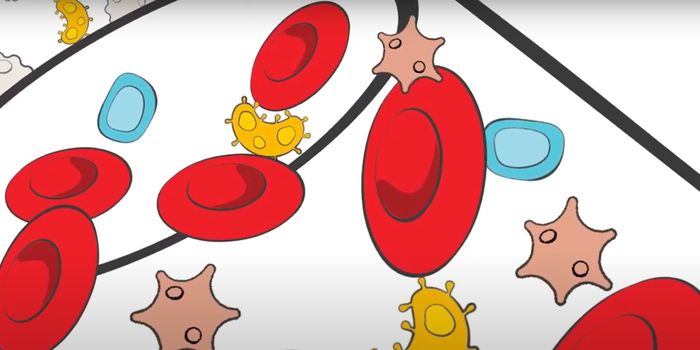Researchers that study human diseases often have to rely on animal models or human cells that grow in culture to investigate the mechanisms that underlie the disorder. While there are benefits to using animals, there are many obvious caveats to this approach. To address this issue, scientists have found a way to create miniature models of human organs in the lab, called organoids.
Learn more about the science behind this work from this video by the Crick Institute. Vivian Li and her team work specifically on the intestine, and they are aiming to create a model of it from cells that self-assemble into its complex structure. This type of gut organoid can then be used to learn more about health problems in the gut, and how to treat them.
Organoid models are not limited to the gut. There are many examples of other organs that have been grown in miniature in many labs. The main characteristics of organoids are that they have multiple cell types that are specific to and grouped in the same manner as the organ of interest, and can perform some function of the organ. Some other three-dimensional organoids that have been developed include brain, lung, heart, hepatic, and other kinds of gut organoids.








